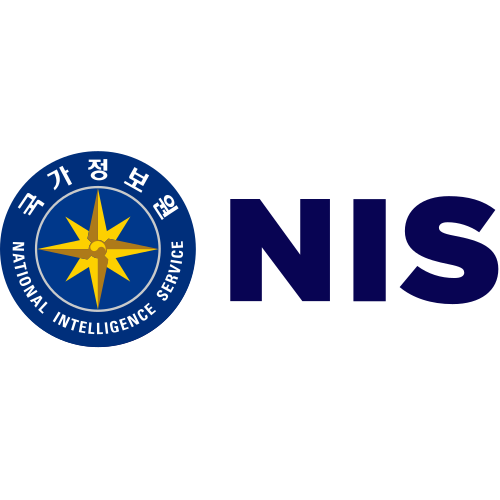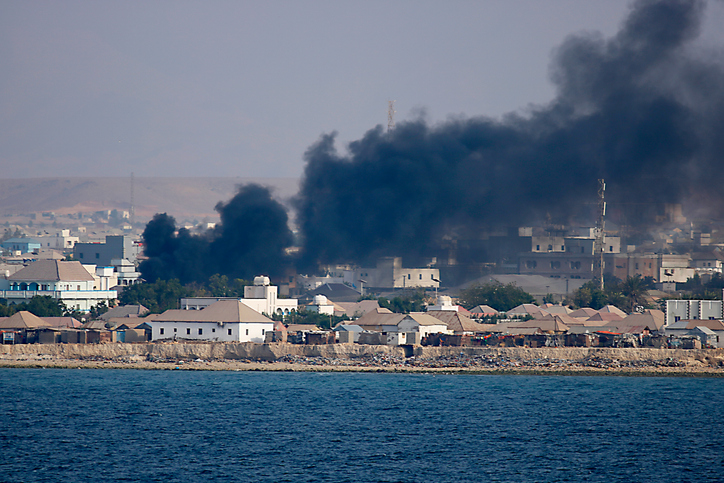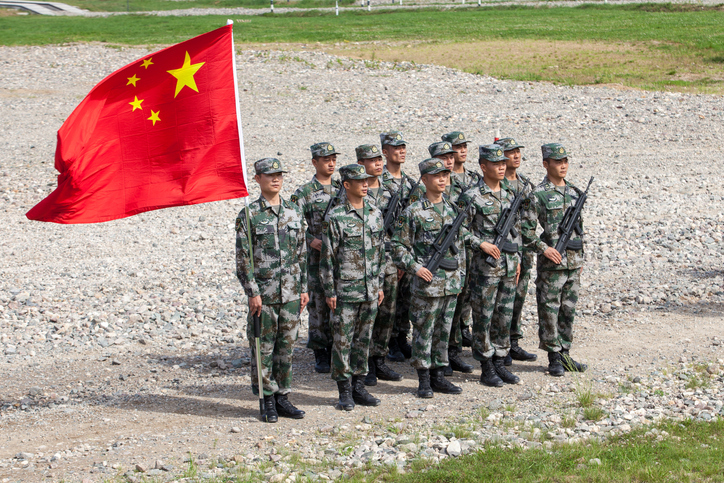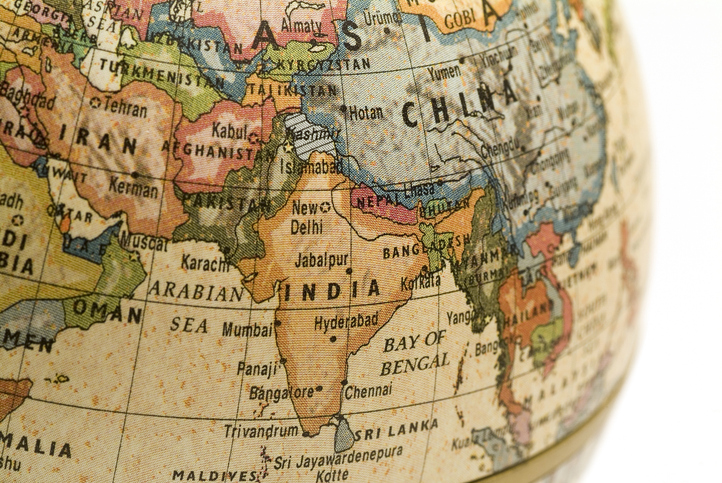
Posted On : Dec 7 2020
ISIS in the Greater Sahara (ISIS-GS): A Growing Threat in West Africa
ISIS in the Greater Sahara (ISIS-GS) has emerged as a significant militant group operating in the vast and arid Sahel region of West Africa.
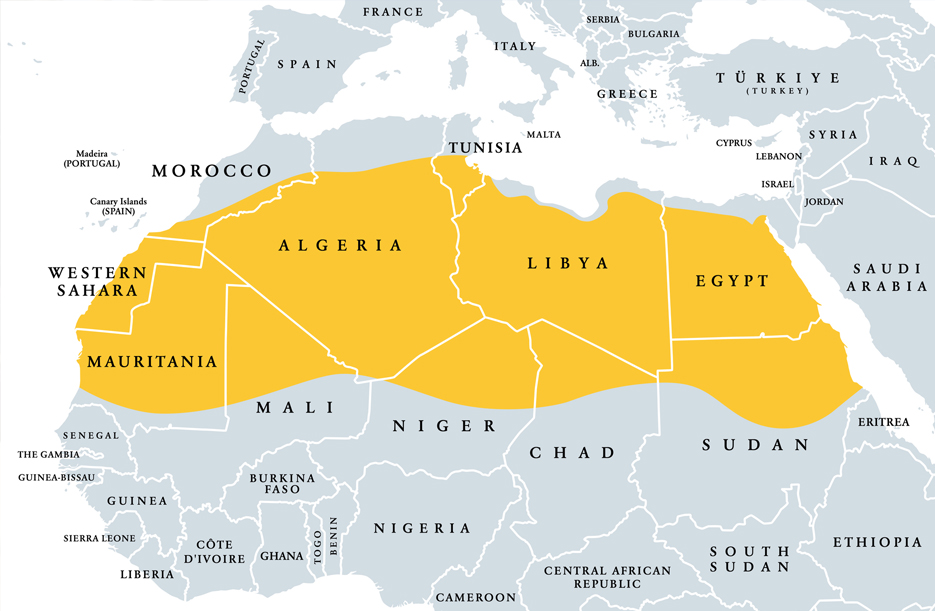
As an offshoot of the global terrorist organization ISIS (Islamic State of Iraq and Syria), ISIS-GS poses a growing threat to regional stability and security. This article provides a concise overview of ISIS-GS, highlighting its origins, activities, and implications.
Origins and Objectives
ISIS-GS first emerged in 2015, following a merger between several smaller extremist groups operating in Mali, Burkina Faso, and Niger. Led by Adnan Abu Walid al-Sahrawi, the group pledged allegiance to ISIS, seeking to establish a Salafi-jihadist caliphate governed by its strict interpretation of Islamic law. The group's ambitions extend beyond regional borders, aiming to connect with the broader ISIS network.
Activities and Tactics
ISIS-GS employs a mix of tactics to achieve its objectives, including attacks on security forces, kidnappings for ransom, and targeted killings. The group's activities are primarily concentrated in the border regions of Mali, Burkina Faso, and Niger, where it capitalizes on porous borders, weak governance, and limited state presence. Its operations have contributed to the displacement of communities and disrupted livelihoods.
Regional Impact
The presence of ISIS-GS adds to the complex web of security challenges in the Sahel region, where terrorist groups, ethnic tensions, and fragile governance systems intersect. The group's activities have strained already vulnerable communities, hindering development efforts and exacerbating humanitarian crises. The Sahel's security landscape remains fluid due to the presence of multiple militant groups, making it difficult for regional governments to effectively address the threat.
Counterterrorism Efforts
Governments in the Sahel, along with international partners, have launched counterterrorism operations to curb the influence of groups like ISIS-GS. The G5 Sahel Joint Force, composed of troops from Burkina Faso, Chad, Mali, Mauritania, and Niger, aims to address the security challenges posed by these extremist organizations. Additionally, efforts include intelligence-sharing, capacity-building, and addressing underlying socioeconomic factors that contribute to the appeal of militant groups.
Conclusion
ISIS in the Greater Sahara (ISIS-GS) underscores the evolving and multifaceted nature of terrorism in West Africa's Sahel region. Its emergence has further complicated an already challenging security landscape, impacting local communities and regional stability. Addressing the threat posed by groups like ISIS-GS requires sustained collaboration among Sahelian governments, international partners, and humanitarian organizations, focusing on security measures, governance improvement, and socio-economic development to ensure a more secure and prosperous future for the region.
No Comments Added






